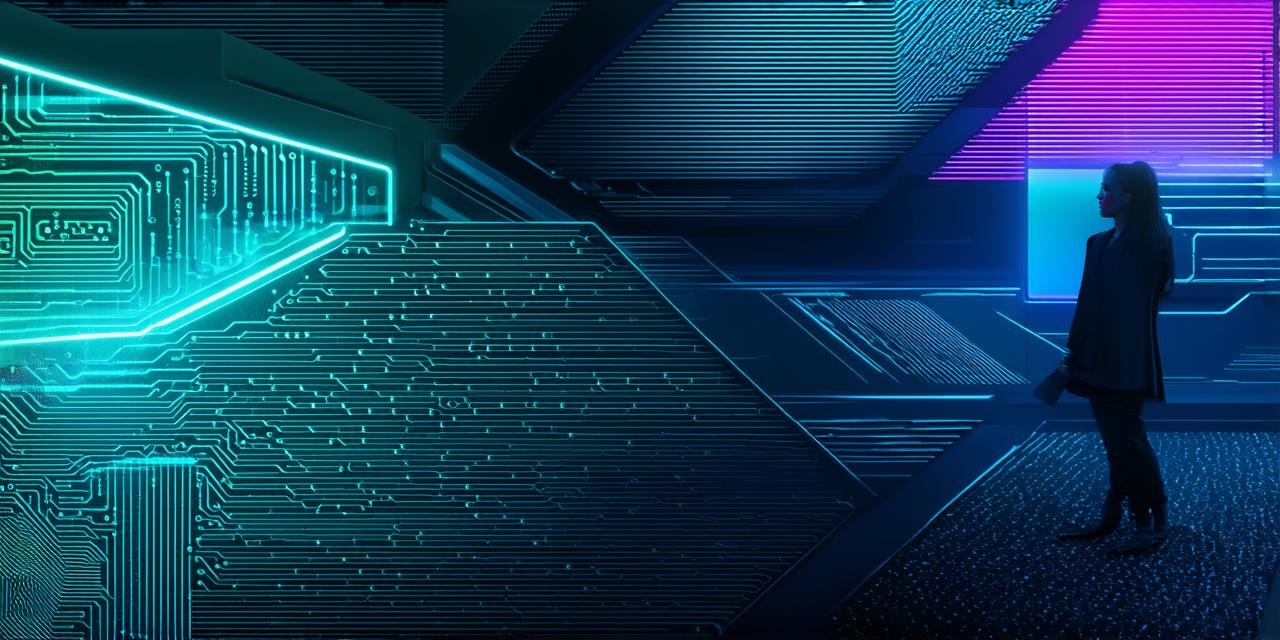Ideation and Planning: The First Steps in Running a Blockchain Project
The first step in running a blockchain project is to identify the problem or opportunity that you’re trying to solve. This could be anything from increasing transparency and security in financial transactions to streamlining supply chain management or improving patient care in healthcare.
Once you have a clear understanding of the problem, you can begin brainstorming potential solutions and identifying the key features and requirements for your blockchain solution.
It’s important to involve stakeholders from across the organization in this process, including developers, business leaders, and end users. This will help ensure that your blockchain project is aligned with the needs of all parties involved and has the best chance of success.
Development: Building Your Blockchain Solution
Once you have a clear understanding of the problem you’re trying to solve and the features and requirements for your blockchain solution, it’s time to start building.
There are several different approaches to developing a blockchain solution, including using existing platforms like Ethereum or Hyperledger Fabric or building your own from scratch.
Regardless of which approach you take, there are several key considerations to keep in mind when developing a blockchain project. These include:
- Security: Blockchain technology is only as secure as the code that underpins it. It’s important to ensure that your blockchain solution is designed with security in mind, using best practices like encryption and access controls to protect against potential threats.
- Scalability: As your blockchain solution grows, it’s important to ensure that it can scale to accommodate increased demand without compromising performance or security. This may involve optimizing your code or using sharding or other scalability techniques.
- Interoperability: Blockchain technology is still relatively new, and there are currently no widely accepted standards for how different blockchain platforms should interact with each other. It’s important to consider interoperability when developing your blockchain solution, so that it can work seamlessly with other systems and tools as needed.
Testing and Deployment: Ensuring Your Blockchain Project Succeeds
Once your blockchain solution is developed, it’s time to test and deploy it. Testing is an essential part of the development process, helping to identify and fix any bugs or issues before your solution goes live.
There are several different types of testing you should consider when running a blockchain project, including:
- Functional testing: This tests the individual features and functions of your blockchain solution, ensuring that they work as intended.
- Integration testing: This tests how different parts of your blockchain solution work together, identifying any potential issues or conflicts.
- Security testing: This tests the security of your blockchain solution, identifying any vulnerabilities or weaknesses that could be exploited by attackers.
Once you’re confident that your blockchain solution has passed all necessary tests, it’s time to deploy it. This may involve setting up infrastructure, configuring access controls and permissions, and providing training and support for end users.
Maintenance and Upkeep: Keeping Your Blockchain Project Running Smoothly
Once your blockchain project is live, it’s important to continue maintaining and upkeeping it to ensure that it continues to function smoothly and meet the needs of your organization and users.
This may involve regular updates and bug fixes, as well as ongoing monitoring and maintenance to ensure that your solution remains secure and scalable.
Real-Life Examples of Successful Blockchain Projects
There are many successful blockchain projects in operation today, ranging from financial services to supply chain management and beyond. Here are a few examples:

- IBM’s Food Trust: This is a blockchain-based solution that helps improve food safety and traceability by providing a secure and transparent way to track the movement of food products throughout the supply chain.
- Walmart’s Onion: This is a blockchain-based system that allows Walmart to track the origin of produce sold in its stores, helping to reduce food waste and improve supply chain efficiency.
- Maersk’s TradeLens: This is a blockchain-based platform that helps streamline international trade by providing a secure and transparent way to share data and documentation throughout the shipping process.
Conclusion: Running a Blockchain Project is Possible with the Right Approach
Running a blockchain project can be challenging, but with the right approach and careful planning, it’s possible to successfully deploy a solution that meets the needs of your organization and users. By following the steps outlined in this guide, you’ll be well on your way to building a successful blockchain project that transforms the way your organization operates.
